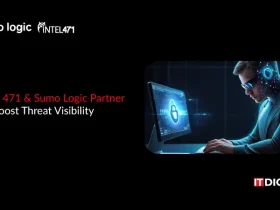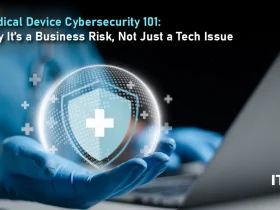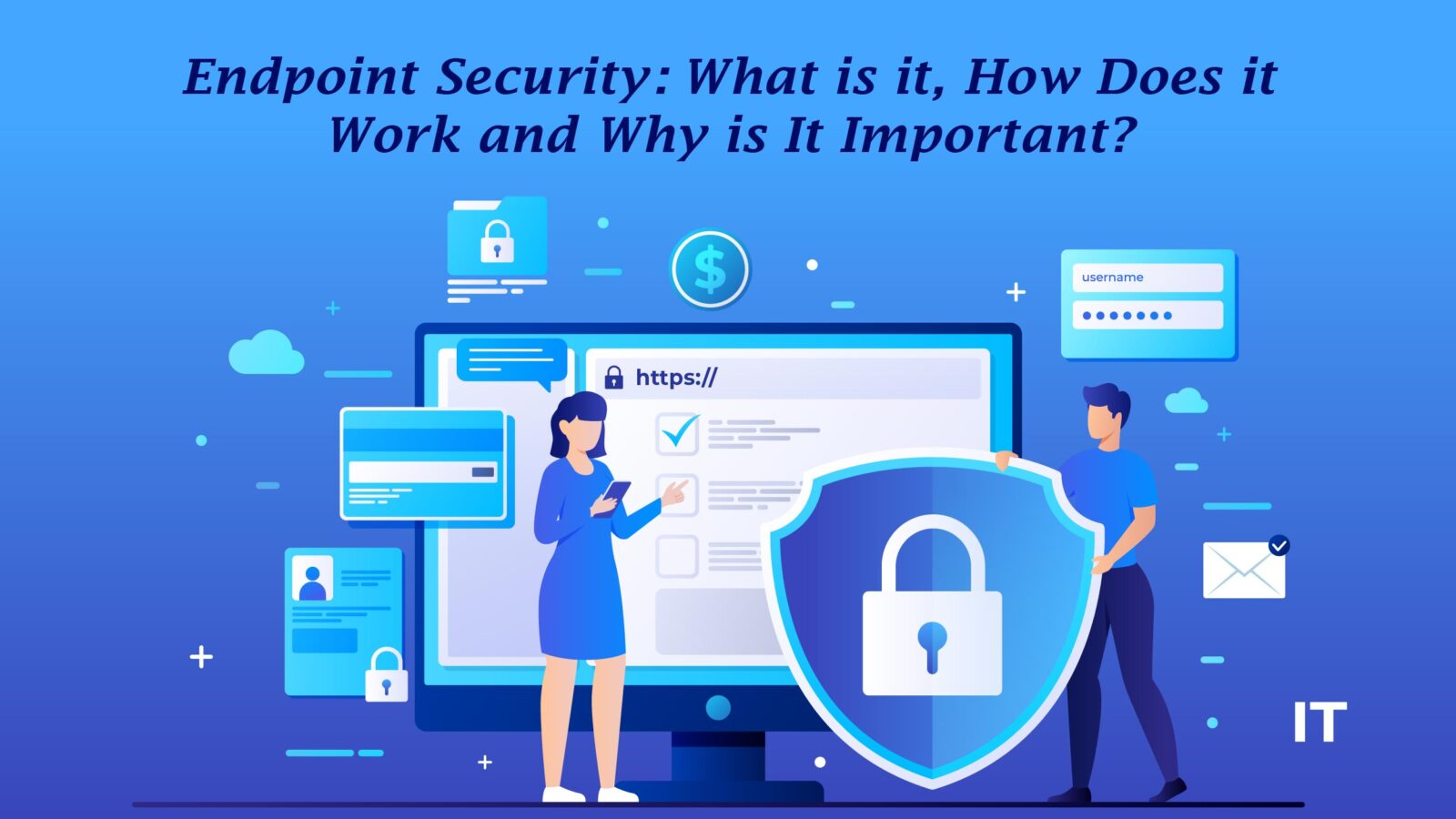In today’s digital landscape, the increasing number of cyber threats poses a significant risk to individuals and organizations. Malicious actors are constantly finding new ways to exploit vulnerabilities and gain unauthorized access to sensitive data. Cybercrimes have resulted in approximately $2 trillion in damages thus far. With the rise of remote work and the use of personal devices for business purposes, the need for robust security measures has become more critical than ever.
Endpoint security is the ultimate solution for this pressing issue. Let’s understand everything about it.
What Is Endpoint Security?
Endpoint security involves safeguarding the entry points or endpoints of end-user devices like desktops, laptops, and mobile devices to prevent exploitation by malicious entities or campaigns. Originally, it centered around basic antivirus software but has since advanced to offer extensive defense against complex malware and emerging zero-day threats.
Endpoints encompass various devices, including laptops, tablets, mobile devices, IoT gadgets, point-of-sale systems, switches, and more, that link to a network from beyond its firewall. These devices are prime targets for cybercriminals seeking unauthorized network access and sensitive data.
How Does Endpoint Security Work?
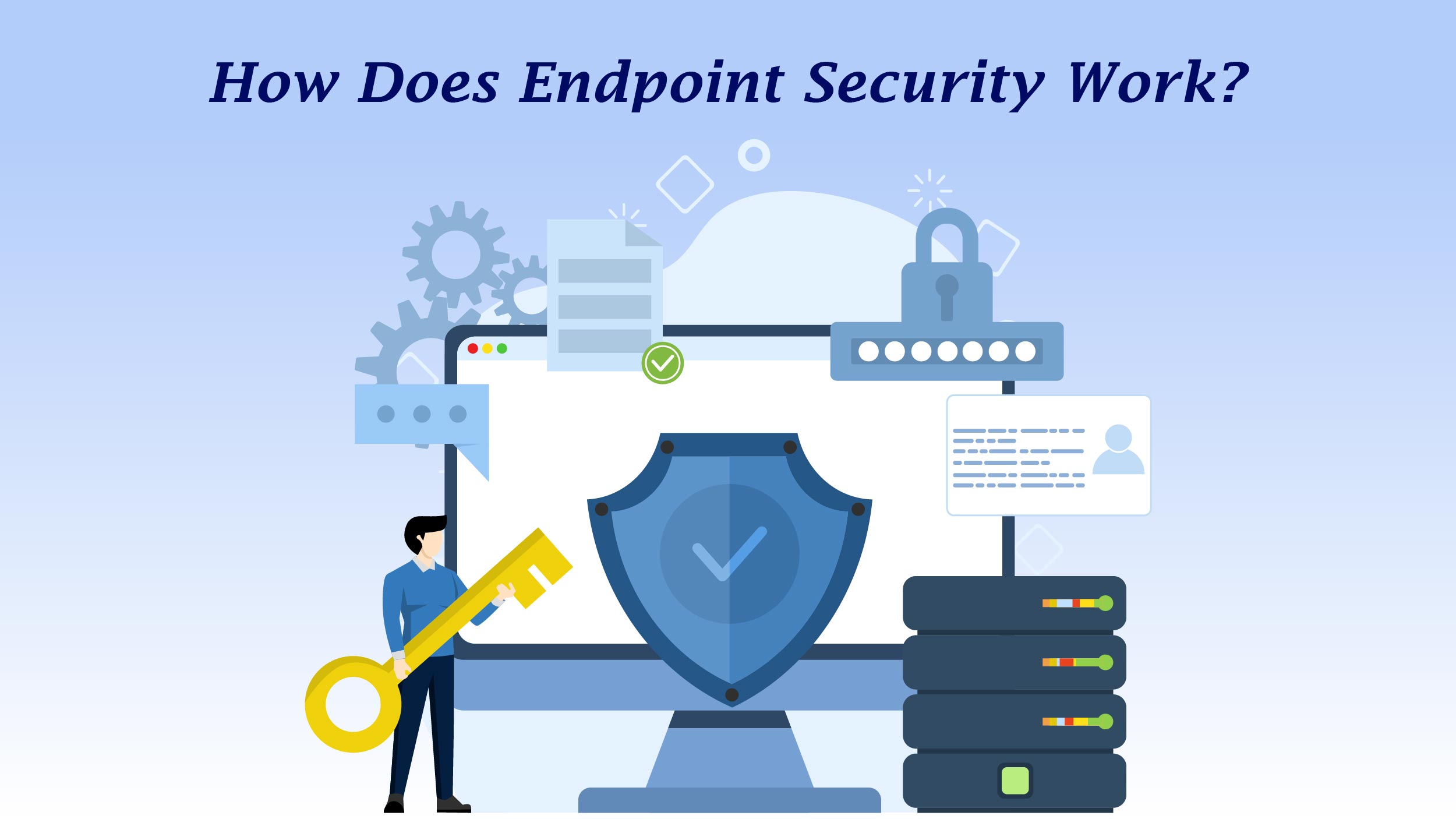 Endpoint security involves protecting the data and processes associated with individual devices connected to a network. Endpoint protection platforms (EPP) play a key role in this by analyzing incoming files and leveraging cloud-based databases of threat information to streamline operations.
Endpoint security involves protecting the data and processes associated with individual devices connected to a network. Endpoint protection platforms (EPP) play a key role in this by analyzing incoming files and leveraging cloud-based databases of threat information to streamline operations.
Modern EPPs utilize cloud technology to maintain extensive threat databases, eliminating the need for local storage and reducing maintenance efforts. This cloud-based approach enables faster access to threat data and ensures scalability.
EPPs offer system administrators a centralized console installed on a network gateway or server, enabling remote management of security settings for each device. Client software is then deployed to each endpoint, either as a remotely managed SaaS solution or installed directly on the device. This software facilitates updates, authentication, and policy administration from a single location.
Also Read: 5 Best Practices to Bolster Your SaaS Security Strategy
EPPs employ various security measures, including application control to block unsafe or unauthorized applications and encryption to prevent data loss. Additionally, some solutions incorporate Endpoint Detection and Response (EDR) capabilities, enabling the detection and response to advanced threats such as polymorphic attacks and zero-day exploits through continuous monitoring.
These EPP solutions are available in both on-premises and cloud-based models. While cloud-based options offer scalability and seamless integration, certain regulatory requirements may necessitate on-premises security implementations.
Why Is Endpoint Security Important?
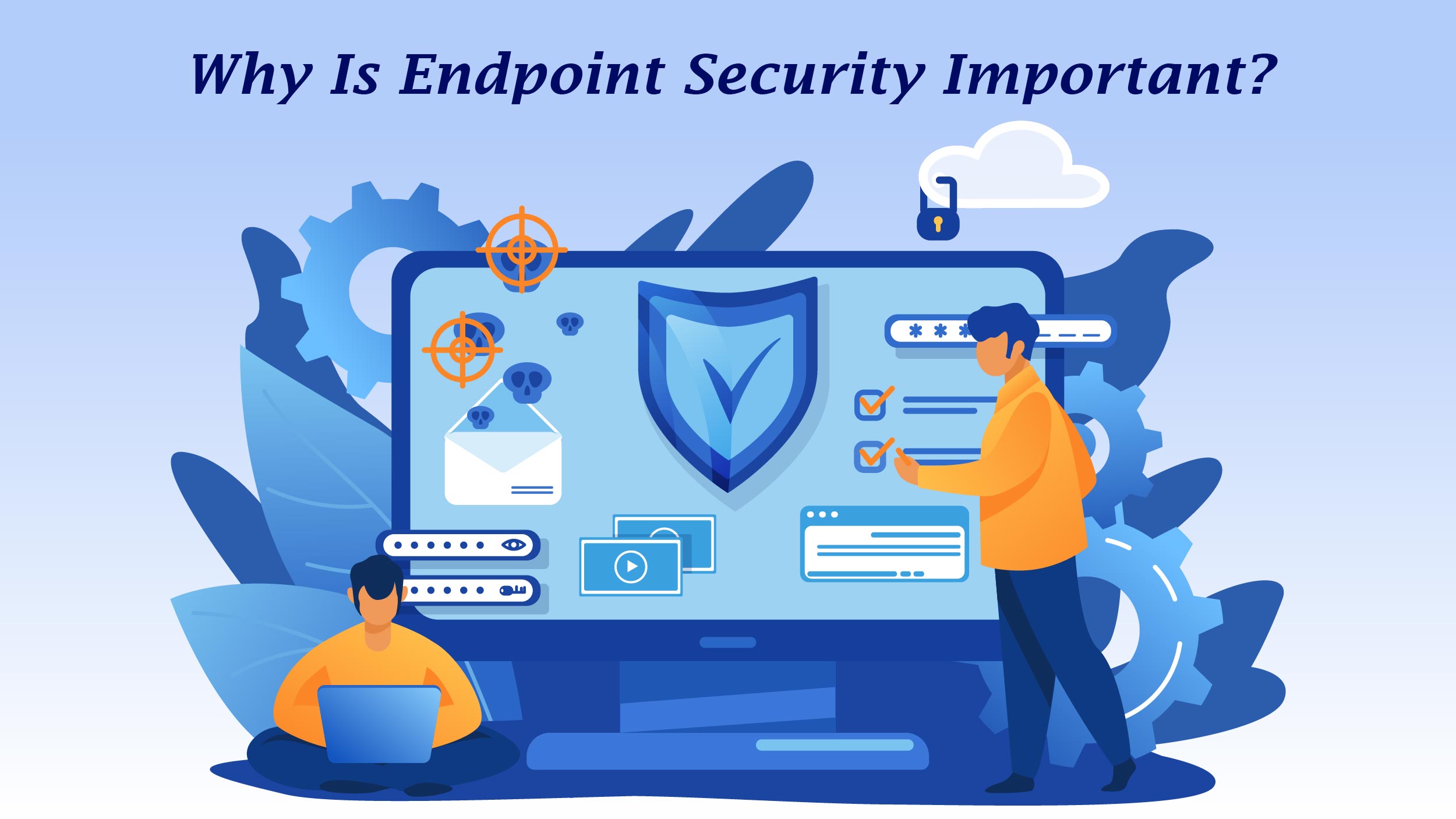 An endpoint protection platform plays a crucial role in enterprise cybersecurity for several reasons. Firstly, data holds immense value in today’s business environment, and its loss or compromise could have severe consequences for a company. With the increasing number and variety of endpoints in use, ensuring robust security becomes more challenging. Remote work and Bring Your Own Device (BYOD) policies further complicate matters by undermining traditional perimeter security measures and introducing vulnerabilities. Additionally, the evolving threat landscape poses ongoing challenges, with hackers continuously devising new methods to exploit vulnerabilities and compromise security. Considering the potential costs associated with addressing security threats, managing reputational damage, and addressing compliance violations, investing in endpoint protection platforms has become essential for safeguarding modern enterprises.
An endpoint protection platform plays a crucial role in enterprise cybersecurity for several reasons. Firstly, data holds immense value in today’s business environment, and its loss or compromise could have severe consequences for a company. With the increasing number and variety of endpoints in use, ensuring robust security becomes more challenging. Remote work and Bring Your Own Device (BYOD) policies further complicate matters by undermining traditional perimeter security measures and introducing vulnerabilities. Additionally, the evolving threat landscape poses ongoing challenges, with hackers continuously devising new methods to exploit vulnerabilities and compromise security. Considering the potential costs associated with addressing security threats, managing reputational damage, and addressing compliance violations, investing in endpoint protection platforms has become essential for safeguarding modern enterprises.
What Is The Difference Between Endpoint Security And Antivirus?
| Aspect | Endpoint Security | Antivirus Software |
| Scope | Encompasses a broader range of security measures beyond traditional antivirus protection. Includes firewall management, intrusion detection, application control, device control, data encryption, and endpoint detection and response (EDR) capabilities. | Primarily focuses on detecting, blocking, and removing viruses, worms, Trojans, and other types of malware. |
| Functionality | Offers proactive threat detection, continuous monitoring, and advanced endpoint management capabilities. Aims to detect and respond to both known and unknown threats in real-time. | Relies on signature-based detection to identify known malware signatures. Scans files, directories, and system processes for known malware patterns and removes or quarantines infected files. |
| Risk Mitigation | Helps mitigate a broader range of cybersecurity risks by addressing various attack vectors and security vulnerabilities across endpoints. Provides centralized visibility and control over endpoint devices. | Primarily focuses on mitigating the risk of malware infections. May not provide sufficient protection against other cybersecurity threats, such as advanced persistent threats (APTs), insider threats, or data breaches. |
What Are The Three Main Steps Of Endpoint Security?
Endpoint security revolves around three key steps, each crucial for safeguarding devices and networks in today’s digital landscape:
- Prevention: This initial step focuses on thwarting potential threats before they can infiltrate systems. Measures such as antivirus software, firewalls, and intrusion prevention systems are deployed to block malware attacks and unauthorized access attempts. EPP plays a pivotal role here, equipping devices with defenses against file-based malware and offering tools for investigating and addressing security incidents.
- Detection: Even with preventive measures in place, threats can sometimes slip through the cracks. That’s where detection comes into play. These security solutions continuously monitor devices for signs of suspicious activity, anomalous network behavior, or known indicators of compromise. Integration with endpoint detection and response (EDR) platforms enhances threat detection capabilities and provides a unified view for monitoring and response.
- Response: When a threat is detected, swift and effective action is essential. Endpoint security solutions empower organizations to respond promptly to security incidents. This involves investigating the incident, containing the threat to prevent further damage, and implementing remediation measures. Actions may include isolating compromised devices, removing malware, patching vulnerabilities, and restoring affected systems to a secure state.
The Bottom Line
Endpoint security is a vital component of a comprehensive cybersecurity strategy security and it is not a one-time solution. It requires continuous monitoring, regular updates, and adaptation to emerging threats. Organizations should stay vigilant, educate their employees about best practices, and collaborate with cybersecurity professionals to ensure the effectiveness of their security measures.








